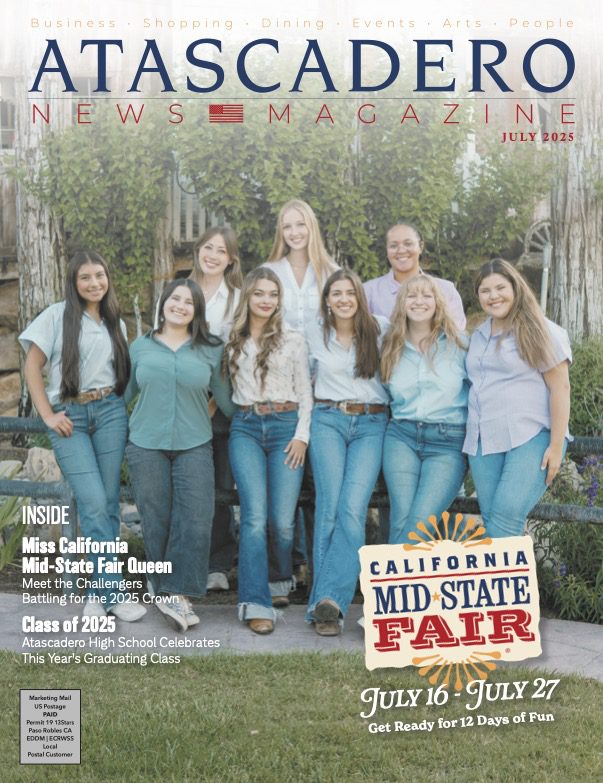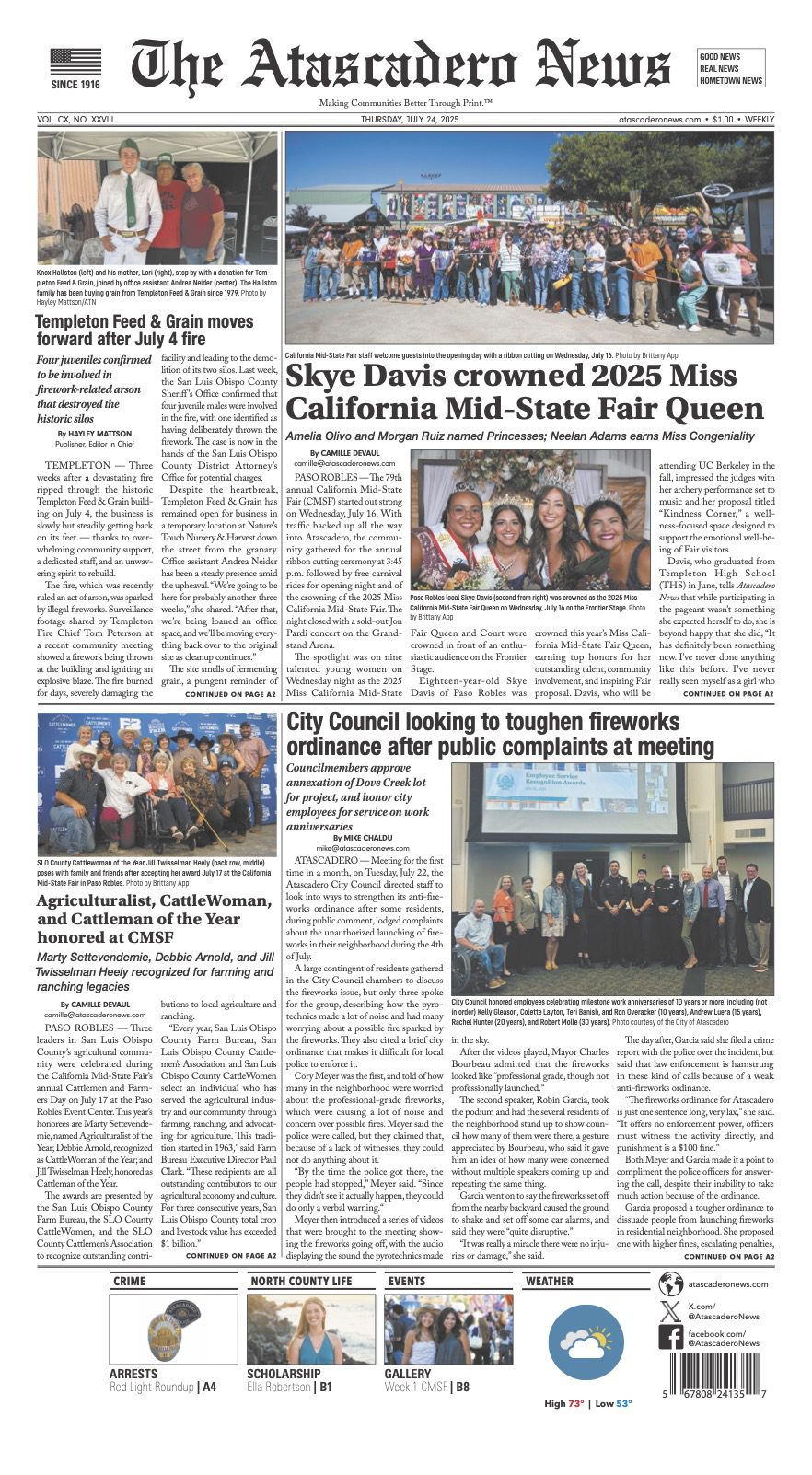By James Brescia

This month’s article discusses the current school employee shortage and some additional points of interest. Previously I reported on how the workforce shortage in California is worsening, with many school districts struggling to find enough high-quality employees to fill vacancies. At recent job fairs, dozens of individuals presented applications to our local school districts. However, many school districts throughout the state continue to struggle with staffing positions. The greatest need worsens in the urban areas seeking special education employees, bilingual employees, and specialty positions requiring advanced certifications. Additionally, there has been some misunderstanding about the nature of workforce reductions and layoff notices.
After multiple years of news reports about persistent and worsening employee shortages in the Golden State, some California school districts issued the so-called “March 15 Notices” or “Pink Slips” alerting employees to the possibility of layoffs at the end of the school year. Why do school districts issue layoff notices while schools throughout the state struggle to find fully qualified employees? Have school districts solved the workforce shortage?
Considering a different perspective in response to this logical question about layoffs and shortages is necessary. We must understand the media’s passion for headlines and single-sentence reactions in order to understand the local nature of educational workforce market fluctuations. Staffing for our schools is based primarily on need, available resources, and estimated long-term viability. As student populations shift from county to county or district to district, the schools must respond and issue “March 15 Notices.” Workforce reduction notifications can be very disruptive to school continuity, families, and the personal lives of our workforce. Some employees indicate that these notifications facilitated their exit from the profession, further exaggerating workforce shortages.
It is important to note that these notices do not automatically result in a layoff. Current state law and collective bargaining agreements require explicitly detailed notification when a workforce reduction is possible. The notices also represent the budget volatility within our state funding for schools. According to a California Legislative Analyst’s Office (LAO) report, most employees who receive notices do not lose a job. Affected employees may experience a change of school, district, or assignment. The LAO reports that out of every ten teachers who receive a “Pink Slip,” eight or nine are rehired before the next school year, and those willing to relocate will find employment.
An analysis of news reports, school board materials, and association data shows that the layoffs are not widespread or statewide. The data indicates that layoffs reflect particular financial challenges, enrollment shifts, and demographic changes. Declining enrollment is critical in districts such as Santa Ana, San Diego, Temecula, Montebello, Anaheim, Cupertino, and many County Offices of Education. When a district or county office has lower enrollment, they have fewer resources to pay for staffing, and workforce reductions are required to meet budget requirements. In these instances, there is no decrease in the need for employees, just a shift in the demand. Statewide our hiring projections still outpace the supply of highly qualified employees in California. Over half of California school districts reported a shortage last fall, especially hard-to-fill positions.
Because of this trend, ongoing employee attrition, and rising California housing costs, we anticipate continuing employee shortages. Progressive policy and legislation such as apprenticeships, scholarships, internships, and other creative programs are proven solutions to workforce shortages. The San Luis Obispo County Office of Education continues to support a grow-your-own strategy by funding over $500,000 annually in local scholarships to upskill individuals interested in serving as education employees. Interested individuals should contact local school districts or SLO Partners for additional information.
Thank you for supporting our students, families, and education employees. It is an honor to serve as your County Superintendent of Schools.
ATASCADERO NEWS MAGAZINE
Copies of Atascadero News Magazine are directly delivered to 11,500 readers in zip codes 93422, 93432, and 93453 and 1,500 dropped with support from advertisers and subscribers. Together, we are Making Communities Better Through Print.™
To subscribe or advertise, click here.













